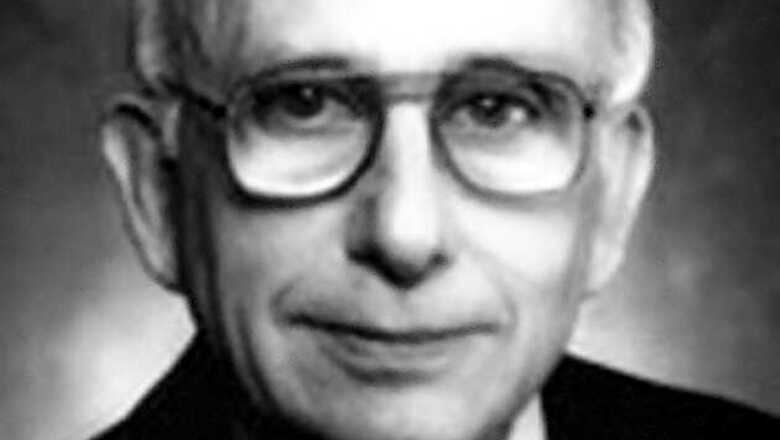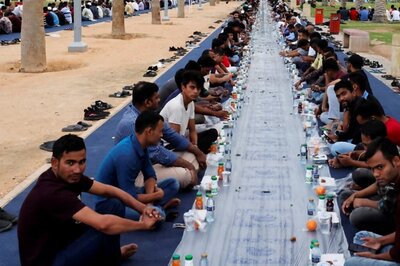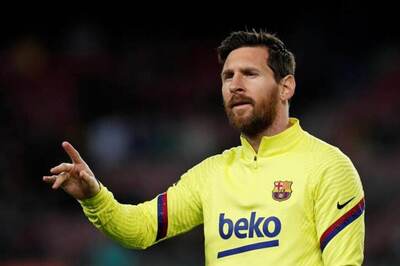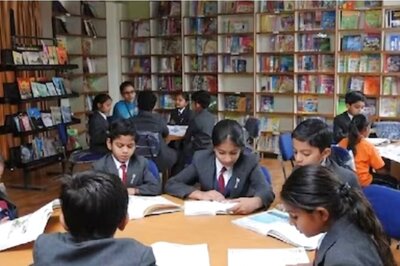
views
New York: Norman Woodland, co-inventor of the bar code, the inventory tracking tool that transformed global commerce in the 1970s and saved shoppers countless hours on the supermarket checkout line, has died, his daughter said.
Woodland, 91, died on Saturday from complications related to Alzheimer's disease in Edgewater, New Jersey, said Susan Woodland of New York.
Today, five billion products a day are scanned optically using the bar code, or Universal Product Code, or UPC, according to GS1 US, the American arm of the global UPC standards body.
The handheld laser scanner inventories consumer products, speeds passengers through airline gates, tracks mail, encodes medical patient information, and is in near universal use across transportation, industrial and shipping industries worldwide.
Susan Woodland said her father and co-inventor Bernard "Bob" Silver were graduate students at an engineering school in Philadelphia when they devised the idea of the bar code.
Silver overheard a supermarket executive asking the dean of the school - now Drexel University - to assign engineering students the task of creating an efficient way to inventory products at the checkout counter.
"My dad really liked to think about interesting problems," Susan Woodland said.
Woodland devised a code based on Morse code - a series of dots and dashes - that he had learned as a Boy Scout, she said.
The pair applied for the world's first bar code patent in 1949. Woodland joined International Business Machines in 1951, and in 1952 he and Silver received the patent.
But it would be more than two decades before laser technology would advance to the point where it could be applied to the bar code, IBM said in a statement.
Silver died in 1963, according to the National Inventors Hall of Fame, which inducted the two men in 2011.
"In some ways it was a disappointment to my dad that it took so long for the technology to catch up," Susan Woodland said.
The first bar code scan took place on June 26, 1974, in Troy, Ohio, when a cashier scanned a 10-pack of Wrigley's Juicy Fruit gum for shopper Clyde Dawson, according to IBM. Cost: 67 cents. A revolutionary technology was born.
The late 1970s were heady times for Woodland, known to friends as 'Joe.'
"My dad was a really sweet, friendly guy and he just got the biggest thrill about having invented the bar code," Susan Woodland said.
"He loved talking to the checkers at the supermarket, seeing what they thought about the bar code scanner, what were the problems with it and what they'd like to see changed," she said, laughing. "They always got such a kick out of him."
Susan Woodland said her father was enthusiastic about perfecting the technology he had invented.
"He was involved in with the whole design of the station - from how the person stood and how high the laser stood to how to protect peoples' eyes from the lasers," she said. "He was totally a perfectionist."
Woodland also served as an historian on the Manhattan Project, the US effort to build the first atomic bomb.
But his bar code invention was closest to his heart, Susan Woodland said.
Woodland is survived by his wife, Jacqueline Woodland of New Jersey, daughters Susan Woodland and Betsy Karpenkopf, brother David Woodland and granddaughter Ella Karpenkopf, 16.




















Comments
0 comment